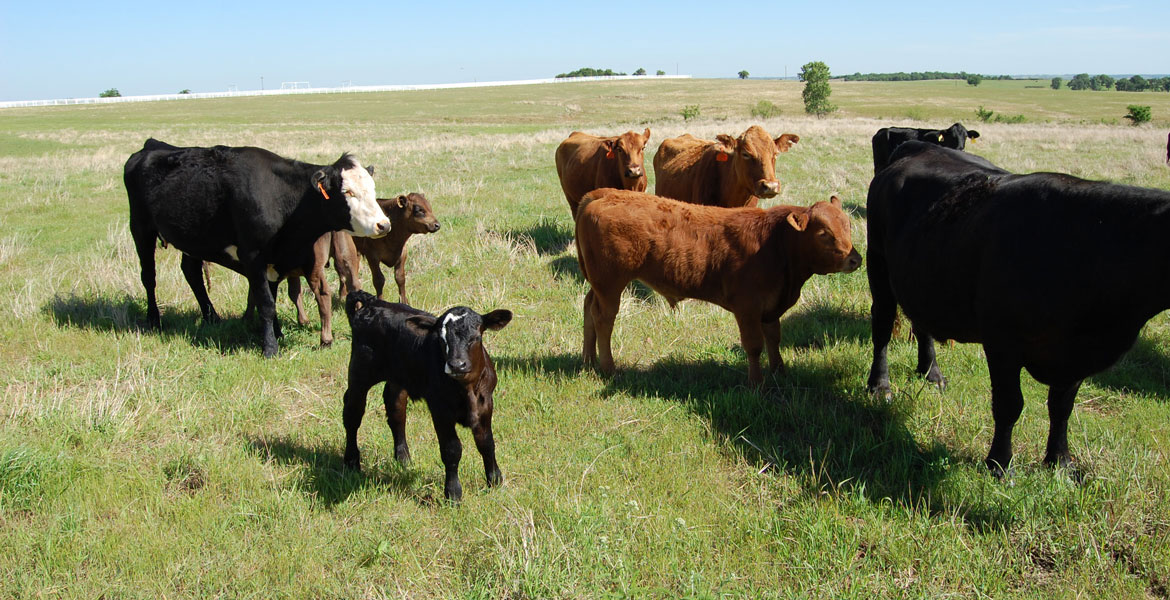
Current Trends in Animal Reproduction Research
Wednesday, September 5, 2018
The speed and the amount of information compiled by veterinary practitioners and researchers in the field of animal reproduction is amazing. One area that is particularly interesting is the field of epigenetics.
Don’t let that big word scare you away. The basics you already know. For instance, if a pregnant animal is not fed well, you know that it will have an impact on her unborn offspring. It’s common sense. But did you know that how we feed our animals not only impacts the unborn right now, but also when they have matured and their offspring for more than one generation?
For example, the female offspring of cows supplemented three times a week with extra protein were more fertile when they matured than those born to cows who received no supplementation.
The differences between the two groups of young females were not notable at birth, not in their rate of growth, nor in how long it took them to reach puberty. However, there was a difference in their ability to conceive. They were more fertile and so were their daughters.
This highlights the need to be wise in our livestock feeding programs and responsive during winter and drought conditions. What happens in each scenario and how we respond to them can have lasting ramifications.
Another hot topic area is the interaction between the animal body and the populations of normal bacteria that reside there. The term used to describe these populations of bacteria and their ecosystems is the “microbiome.”
All animal species have populations of microorganisms living in and on their bodies. We’ve long known of the symbiotic relationship of the “good” bacteria on the skin keeping “bad” bacteria in check and our skin healthy. A similar relationship exists in human and animal digestive tracts.
With the advances made in genetic testing utilizing the body’s cell DNA, not only can we learn our own ancestry, or that of our dog or horse, we can also detect the cellular DNA from the bacteria living in and on our bodies in these microbiome relationships. Detection of bacterial specific DNA has enabled the study of microbiomes in tissues and organs including those previously considered sterile, such as the lining of the uterus and placenta.
Veterinary clinicians at the Oklahoma State University Center for Veterinary Health Sciences’ Veterinary Medical Hospital have been working in this area for several years. They are establishing baseline information on the microbiomes that exist within the reproductive tracts of both the canine and the equine. Researchers are currently looking at how antibiotic use impacts the local microbiome to see if it is for the betterment of the patient, as intended, or if there are unintended impacts.
The information collected will be the foundation for the development of effective therapies in treating infections and infertility in the future. Clinicians at OSU’s Veterinary Medical Hospital continuously seek to improve treatment of all animals and to offer the latest therapies available to their owners.
By G. Reed Holyoak
